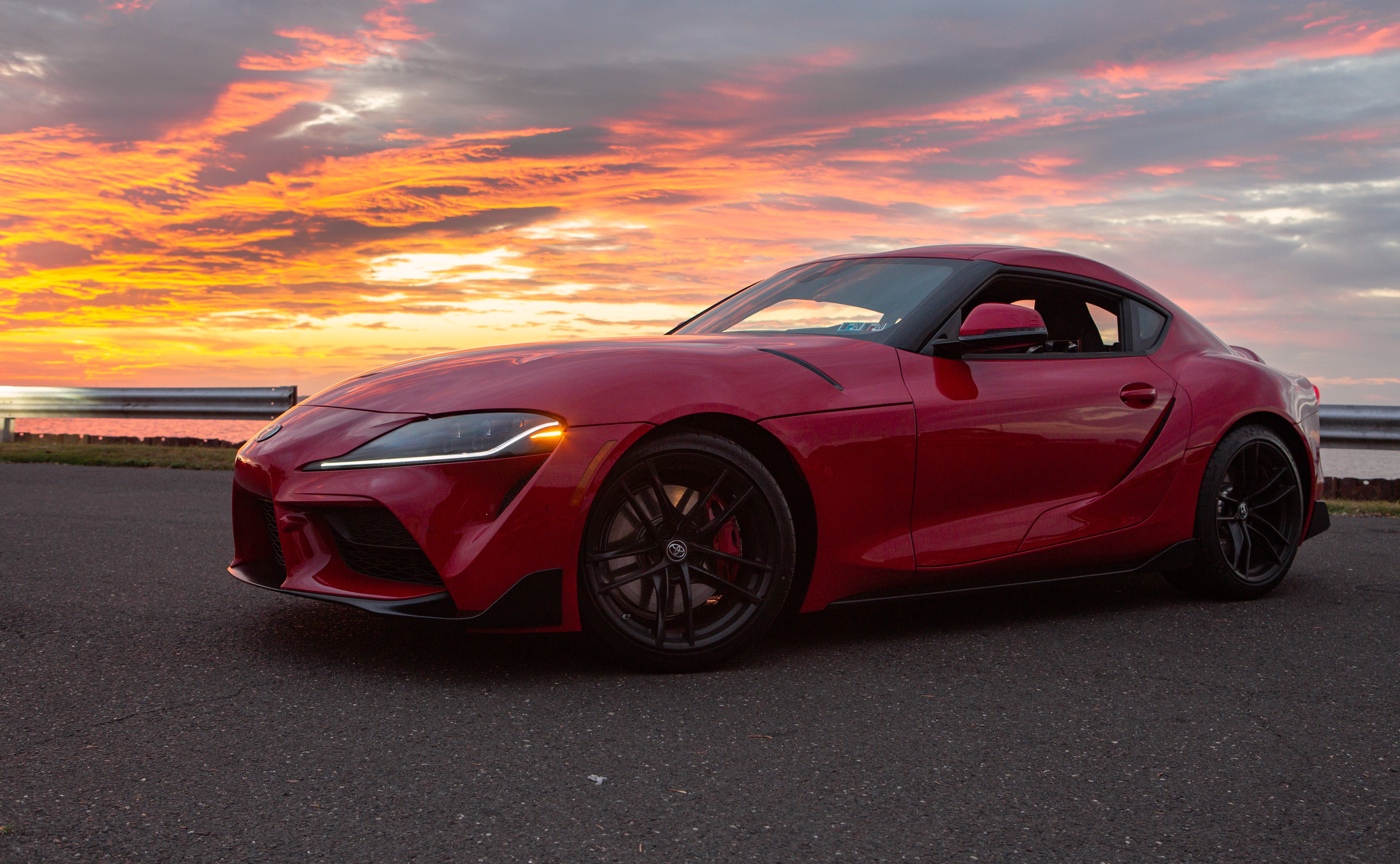
For a Flawless Return - Direct-Fit Catch Can R&D, Part 1 - Stock Review
BAFFLED OIL CATCH CAN KIT, CCV SIDE, FITS TOYOTA GR SUPRA 3.0L 2020+
It's a strange time in the automotive world when it's an insult to call a Toyota a BMW. Yet, it seems that is one of the only small clouds hanging over the otherwise flawless return of the legendary Supra. I would say that's a win. Sure, it's Z4 in a cooler outfit, but I can't remember the last time BMW wasn't considered to be one of the benchmarks for automotive engineering. Why not shine a light on the real matter at hand, something that actually makes a difference? The only real speck on the otherwise gleaming Supra moniker is the issue of blow-by.
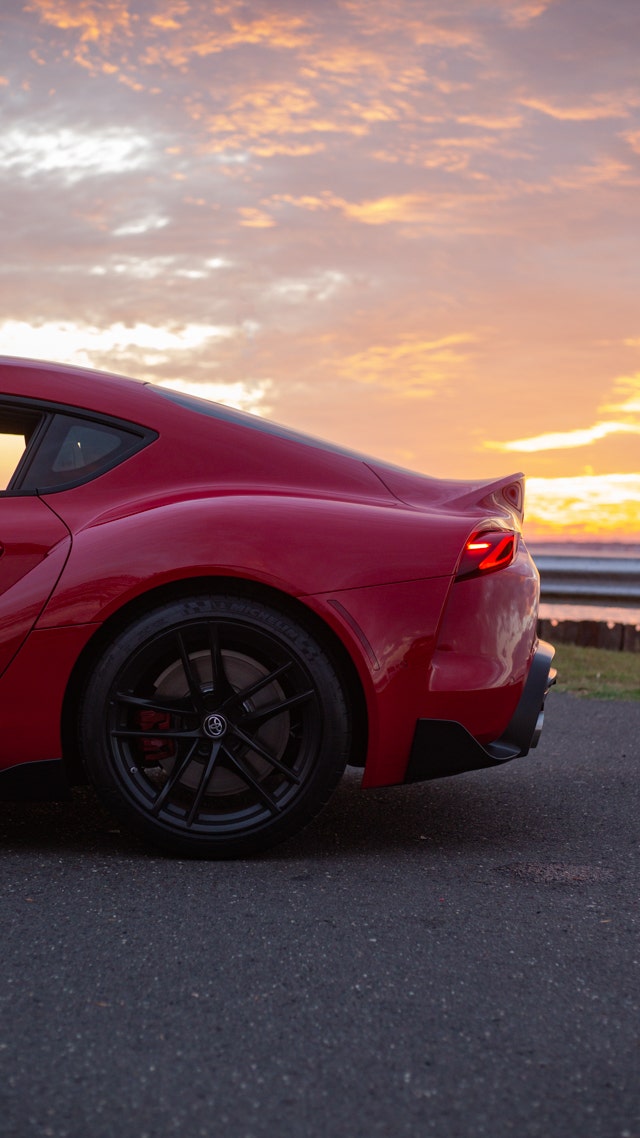
BMW was on the forefront of direct injection technology on its production vehicles like the N54 back in the early 2000s. In turn, that means they were also on the front lines of the carbon buildup frontal assault that plagued these otherwise top performers. It's been almost 15 years between then and the B58, but this issue of blow-by even shows up to this very day in the Toyota/BMW tag team effort.
BMW's innovation has a funny way of complicating these catch can projects. Once we lifted the engine cover, and paged through some technical documents of course, our engineer Dan discovered that there are three possible routes sending the oil and blow-by back into the system. We'll start on top of the engine.
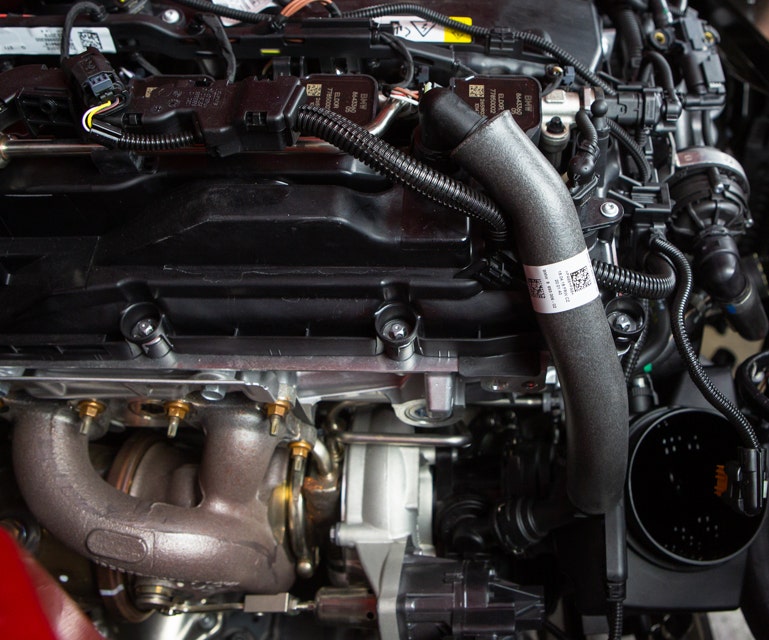
Like the B58's younger brother, the N55, the crankcase pressure is corralled via a series of one-way check valves depending on the amount of load the engine is experiencing. The above port is the B58's PCV breather and is utilized under full load, with the partial load routing from the back side of the head.
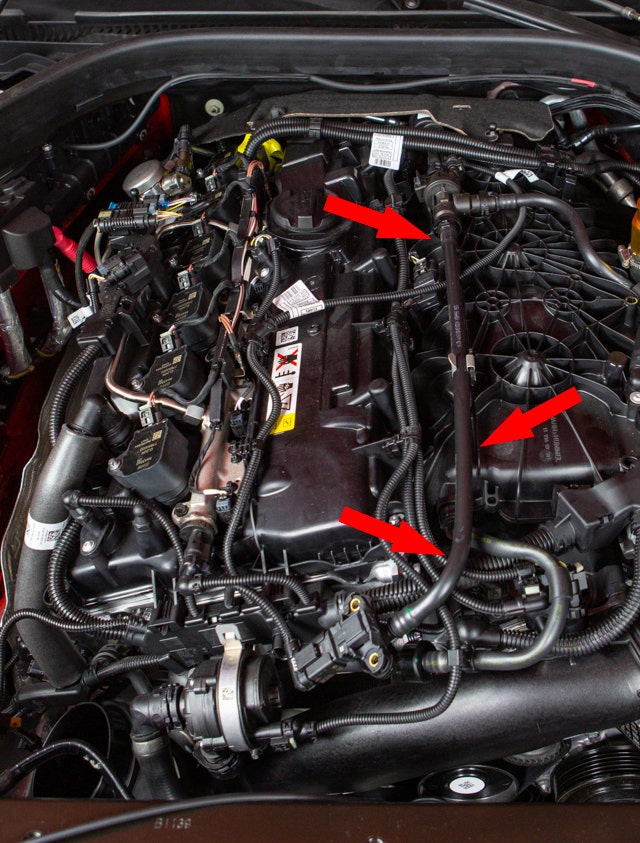
Under closer inspection, we found this air line is sporting a venturi sensor port, which further complicates our quest for warding off carbon buildup. Strict emissions standards mean sensors with tight perimeters, ensuring the byproduct of the millions of tiny explosions is less harmful to the polar ice caps. Thankfully we've had previous experience with these sensors.
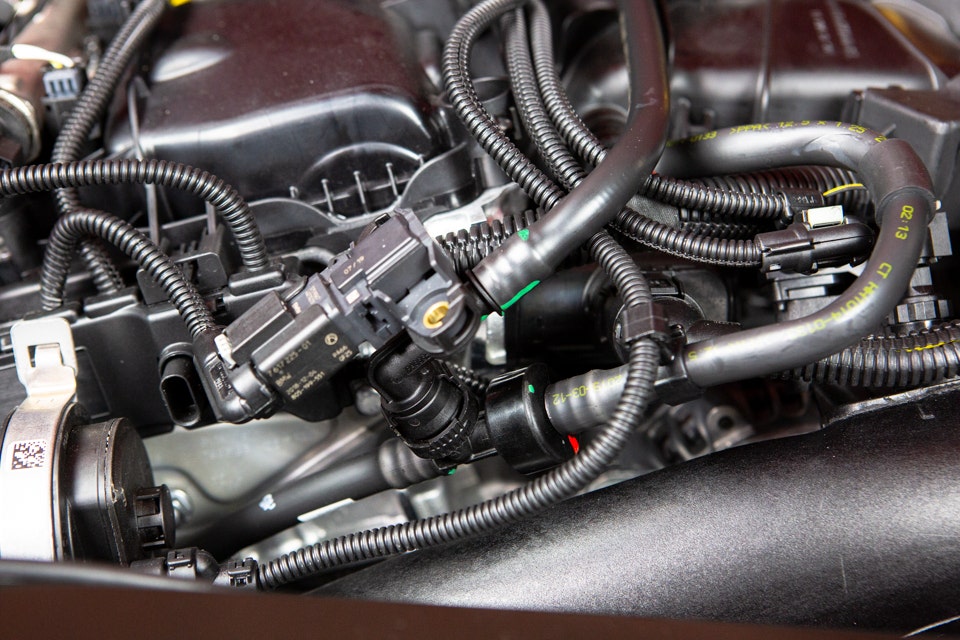
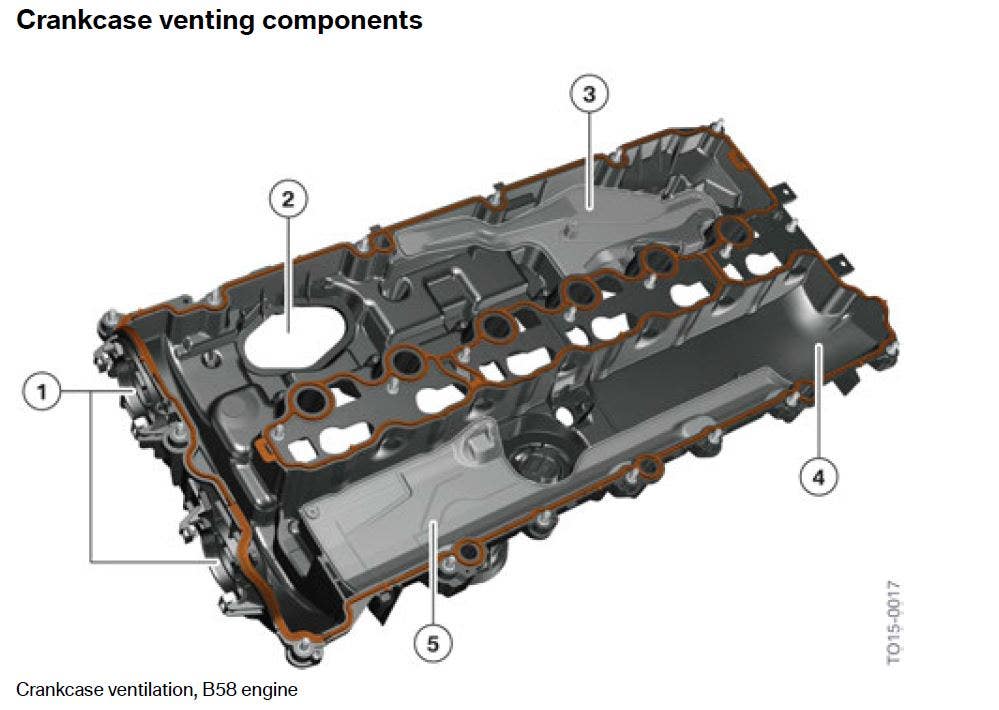
Hiding under the valve cover, both ports have their own means of sorting the contaminants from the air. Before the crankcase pressure can route to the intake system, it has to pass through a series of expansion chambers and baffles which condense the fuel vapors and oil and send them back to the oil pan.
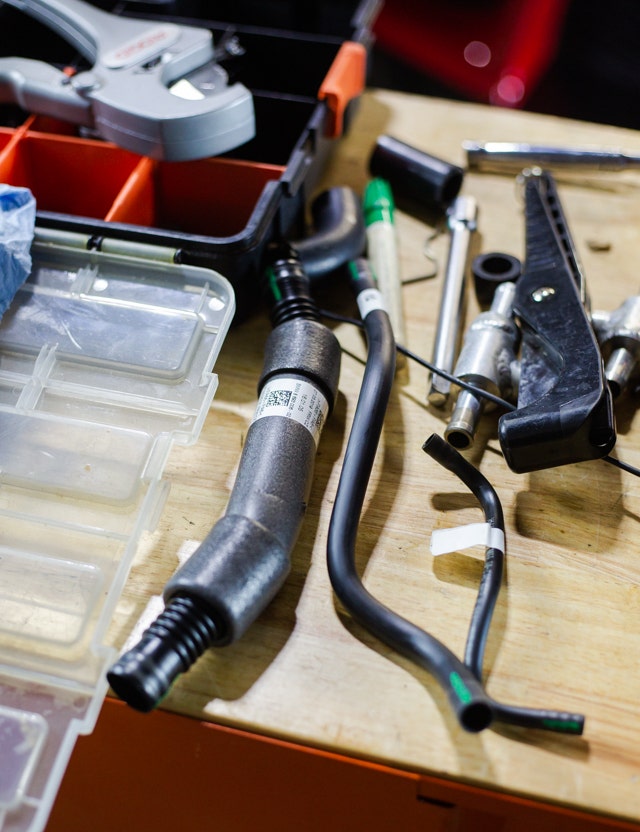
With the lines of defense in place on the top end, the intake tract is still flanked by the blow-by that can potentially sneak through the crankcase ventilation (CCV) line from the bottom of the block straight to the air intake pipe. Pitching oil directly in this route could mean an eventual clogged up intercooler since it now sits in the intake manifold. Not to mention that any tenacious droplets of blow-by would take up real estate on the intake valves.

The Supra's return could be considered close to perfect. The tag-team effort between the two automotive giants revived an icon whose main flaws are that it's confused with a BMW (if that could even be considered a flaw), and it still suffers from the potential of carbon buildup. Stay tuned as we dig further into the B58 and narrow down the main source of the Supra's blow-by.
BAFFLED OIL CATCH CAN KIT, CCV SIDE, FITS TOYOTA GR SUPRA 3.0L 2020+
Thanks for Reading!
-Nick









